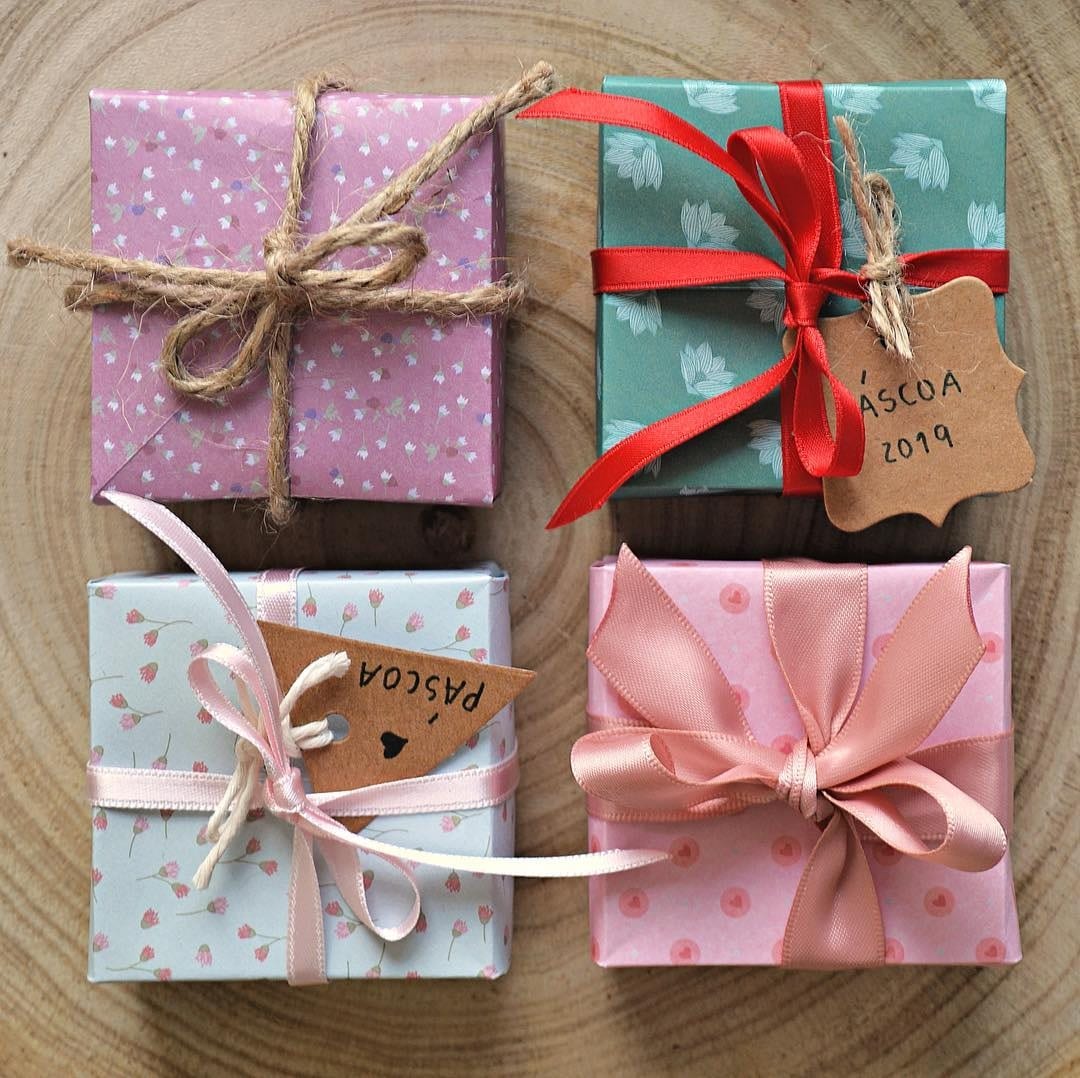
When we talk about protecting ourselves from germs, the best way is that old-world handwashing. What if water and soap are not available? In this case, the perfect option is using hand sanitizer. Sometimes, you can’t find sanitizer, especially in today’s situation of COVID-19. So, make your own using simple ingredients.
Making DIY hand sanitizer at your home
We want everyone to be safe from the Coronavirus, so here is the step by step guide to making hand sanitizer.
Ingredients for hand sanitizer
The components which are necessary for our DIY homemade sanitizer are:
| Ingredients | Quantity |
| 99% Isopropyl alcohol | 1 Cup |
| 3% Hydrogen peroxide | 1 Tablespoon |
| 98% glycerin | 1 Teaspoon |
| Sterile distilled or cold boiled water | ¼ Cup or 65 milliliters |
| Aloe Vera gel | ½ Cup |
| Essential oil | Few drops |
Tools
- Measuring cup
- Measuring spoons
- Empty spray bottles
- Vacant bottles to store sanitizer
Method
Let’s start to make our hand sanitizer.
Pour alcohol into a container

First step is to pour the alcohol into a medium-sized container through a pouring nozzle or funnel.
Note: One thing you must know that the percentage mentioned on the bottle of Isopropyl alcohol is the alcohol congregation in it. When we are using 99% of it, we are dealing with pure alcohol. If you use 70% alcohol, it has approximately 2/3rd alcohol and remaining is water. A hand sanitizer less than 70 or 60% is not considered as a good one and it is not capable to fight with germs.
Add hydrogen peroxide
Now, you have to include hydrogen peroxide in Isopropyl alcohol.
Add glycerin in it and mix
In the next step, the glycerin will be added and mixed. As it is thick as compared to other two ingredients so it will take some time to mix properly. Make sure that the spoon you are using to stir glycerin is clean. If the container has a lid then it is suggested to shake it for combining everything.
Pour water into the mixture
Pour ¼ of distilled or boiled water in this amalgam and rustle. You have to consider one thing properly that water must be cold.
Include aloe Vera gel

If you want to make a gel consistency then you can skip water and add aloe Vera gel in the mix. Moreover, alcohol can be harsh on your skin and damage it but aloe Vera gel can minimize its hardness. It is better to use natural gel but you can bought it from the store too.
Use essential oil

To make your handmade sanitizer fragrant, you can add a few drops of any essential oil in it. Tea tree oil is perfect for this purpose due to its antibacterial feature. If you don’t have this oil, you can select any oil of your choice like lemongrass or lavender.
Pour sanitizer into bottles

Pour your DIY hand sanitizer into spray bottles, but before it, you have to sanitize them as well. Here you go, your handmade sanitizer is ready to use.





